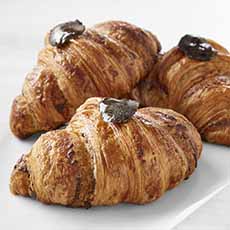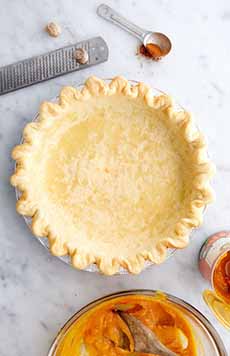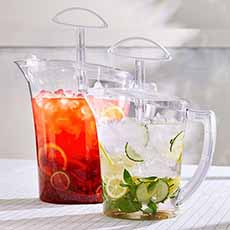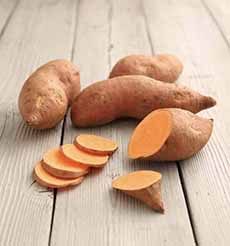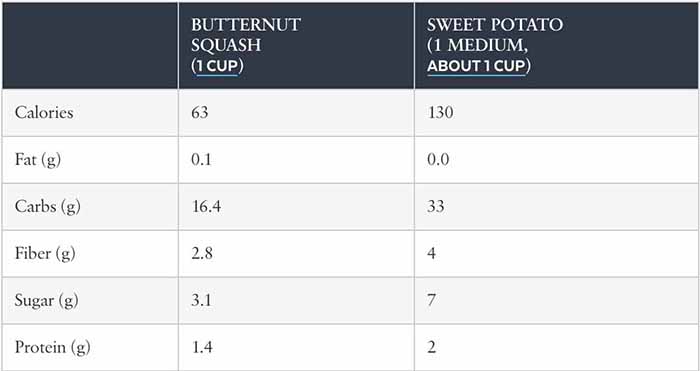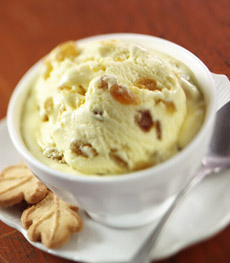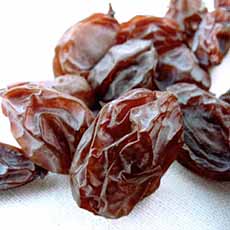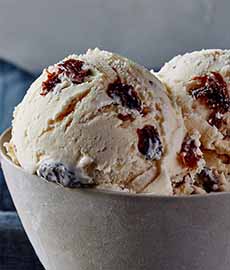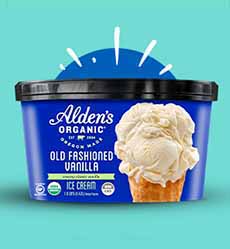|
Rum Raisin ice cream is typically a holiday special in American grocery stores, although it’s delicious year-round.
Raisins are plumped up with rum and mixed into vanilla ice cream.
But if you buy a commercial brand, you’re more likely to get raisins plumped in rum flavor instead of alcohol. And that doesn’t produce much rum flavor.
So the joy of making your own Rum Raisin is getting an authentic rum hit in every bite.
Our recipe is below. But first…
THE HISTORY OF RUM RAISIN ICE CREAM
Rum Raisin ice cream was first introduced to the U.S. market in the 1980’s by Häagen-Dazs®. But it has a much older history.
The origins of Rum Raisin ice cream can be traced back to a popular ingredient in European dessert dishes, called Málaga. It was a sweet condiment or sauce made using marinated Málaga raisins.
Málaga raisins were made from Muscat grapes on Spain’s Costa del Sol (home of the port city of Málaga).
These meaty, juicy, higher-sugar raisins were special enough to earn a P.D.O. certification (Protected Designation of Origin) from the E.U., certifying that they are produced in the specific region.
Among other uses, the raisins were soaked in wine and added to cakes and other desserts. And, they were exported across Europe.
The First Rum Raisin Ice Cream
The Sicilians were the first to create Málaga gelato, the forerunner of Rum Raisin ice cream, using the Málaga raisins marinated in Sicily’s Marsala wine (the history of ice cream).
The raisins were soaked overnight and mixed into vanilla gelato, providing a bursts of sweet raisins and Marsala in every bite.
But in the late 17th century, Europe saw a massive increase in sugar and rum imports from the Caribbean. Many traditional recipes were adapted to incorporate them.
It turned out that rum was an excellent substitute for wine in the making of Málaga—and with more of an alcoholic flavor!
As a result, the Sicilians switched to using rum in their Málaga gelato. The recipe came to the U.S. during the late 19th century wave of Italian immigration [source].
RECIPE: RUM RAISIN ICE CREAM
Make a more eye-catching ice cream with a mix of dark and golden raisins (sultanas). You can also toss some dried cranberries into the mix.
Most recipes suggest marinating the raisins in rum overnight. The longer they marinate, the more alcoholic they get. For the full buzz, you can marinate them for up to a week.
We prefer the more complex flavors of dark rum. If you don’t have any and don’t want to buy a bottle, you can use what you have on hand. You can also use spiced rum.
For a separate use, you can use the marinated raisins as a topping on scoops of ice cream (caramel, chocolate, strawberry…), or layered in a parfait.
If you’re tempted to add more rum, note that alcohol does not freeze. The more rum, the softer, creamier consistency of the ice cream. Adding a tad more than the two tablespoons of reserved rum, and you’ll end up with soft serve.
The day before, read the manufacturer’s directions on your ice cream maker; you may have to freeze the bowl overnight.
And if you don’t have the time or inclination to make ice cream from scratch, here’s how to make Rum Raisin ice cream with store-bought vanilla. Check out the different types of vanilla ice cream below
Ingredients For 1-1/2 Quarts
1 cup raisins
1 cup dark rum
3/4 cup sugar
6 egg yolks
2 cups milk
2 cups heavy cream
1 tablespoon vanilla extract
Preparation
1. PLACE the raisins and rum in a small bowl, cover with plastic wrap, and let marinate for at least 8 hours or overnight. Then drain, reserving 2 tablespoons of the rum. Set the raisins and reserved rum aside.
If you don’t have 8 hours to marinate, speed the process by placing the rum and raisins in a small saucepan over high heat. When the mixture begins to boil, remove it from the heat, let cool and allow to soak for two hours.
(Note: You don’t have to throw out the rest of the rum marinade. It’s perfectly drinkable!)
|
